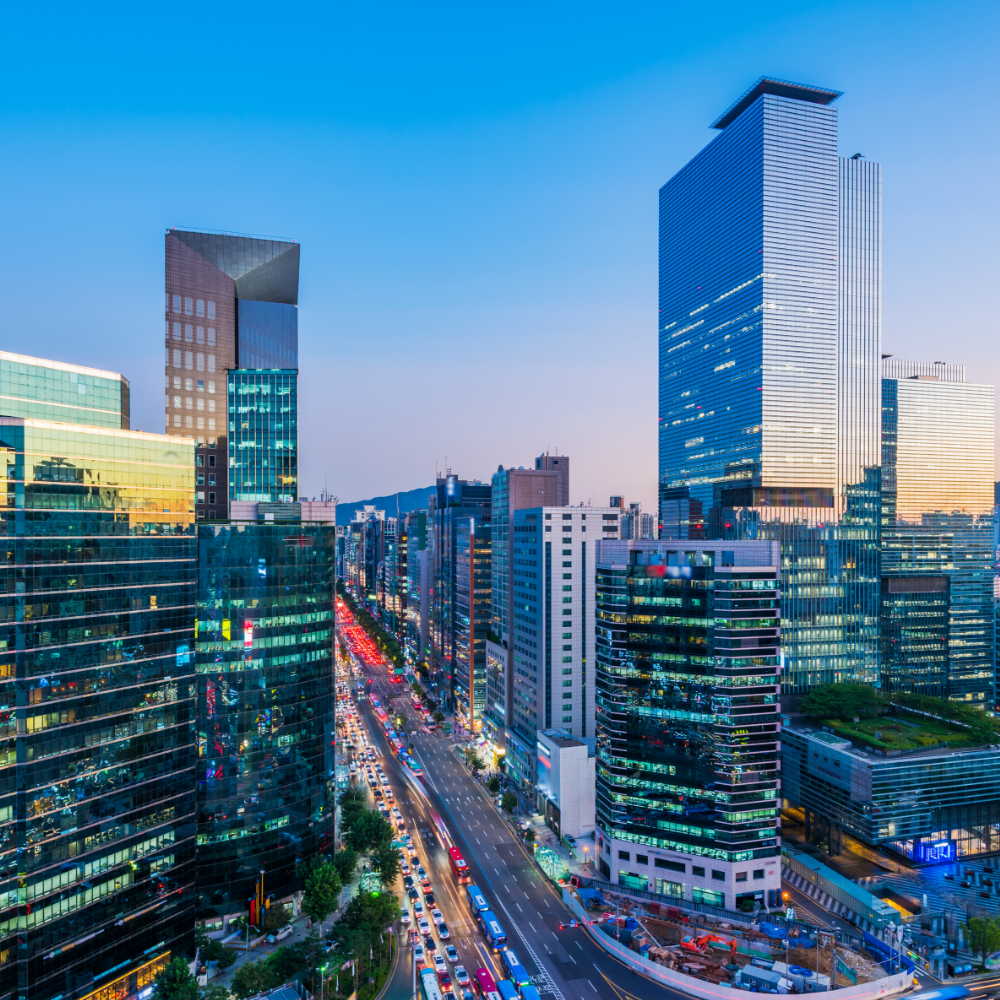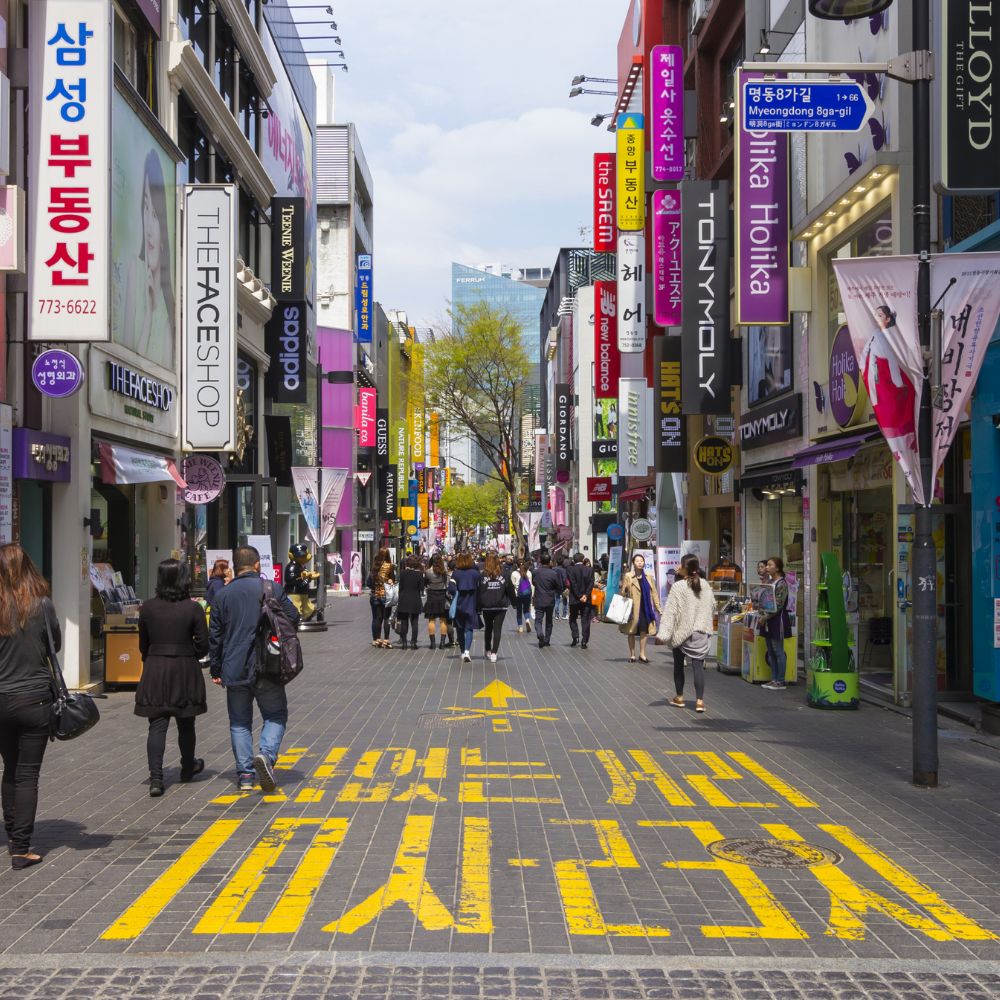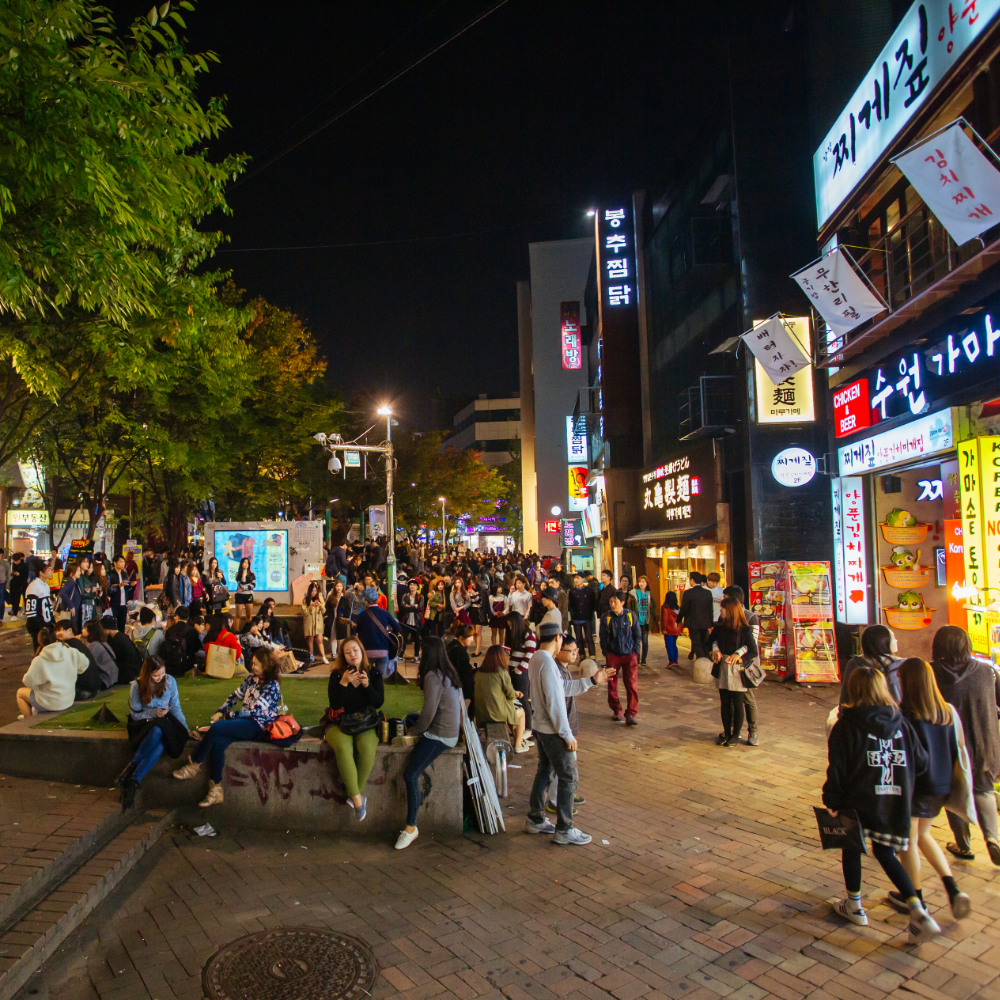10 Must-Try Korean Dishes for First-Time Visitors (2025 Edition)
Planning your first trip to Korea? Start with these iconic dishes — from sizzling BBQ to soul-warming stews, here's what to eat (and where) for an unforgettable taste of Korea.

1. Bulgogi (불고기)
Thinly sliced marinated beef grilled over an open flame. Sweet, savory, and addictively tender, bulgogi is often served with rice, garlic, and lettuce wraps. You’ll find it in BBQ restaurants, but also as a topping on noodles or rice bowls.

2. Kimchi Jjigae (김치찌개)
A bubbling hot stew made from aged kimchi, tofu, and pork or tuna. Bold and spicy, it’s Korea’s ultimate comfort food. Best enjoyed with a bowl of white rice and shared at any local diner.

3. Bibimbap (비빔밥)
A colorful mix of rice, sautéed vegetables, egg, and chili paste. You mix it all together before eating. Variations include raw beef (yukhoe bibimbap), hot stone bowls (dolsot), or vegan-friendly options.

4. Samgyeopsal (삼겹살)
Grilled pork belly eaten with dipping sauces, raw garlic, and ssam (lettuce wraps). It’s a DIY feast, and the social experience is half the fun. Found in most BBQ joints and perfect with soju.

5. Japchae (잡채)
Glass noodles stir-fried with vegetables, soy sauce, and sesame oil. It’s savory, slightly sweet, and often served at celebrations — but available in lunch boxes and side dishes too.

6. Tteokbokki (떡볶이)
Rice cakes simmered in gochujang-based sauce, often with fish cakes and boiled eggs. Found everywhere from street stalls to gourmet versions. You can adjust spice level or try creamy, cheesy upgrades.

7. Galbijjim (갈비찜)
Braised beef short ribs cooked in soy-based sauce with chestnuts, jujubes, and vegetables. Tender, sweet-salty, and luxurious — often eaten during holidays or special meals.

8. Pajeon (파전)
A crispy, savory pancake made with scallions and often seafood. Best enjoyed on a rainy day with makgeolli (Korean rice wine). You’ll find it in traditional markets and Korean-style pubs.

9. Sundubu Jjigae (순두부찌개)
Silken tofu stew with a spicy broth, often containing clams or pork. Served boiling hot in stone pots with a raw egg on top. Comforting, spicy, and ideal for cold days or hangovers.

10. Naengmyeon (냉면)
Cold buckwheat noodles in icy broth (mul naengmyeon) or spicy sauce (bibim naengmyeon). Refreshing, chewy, and slightly tangy — a summer favorite and surprisingly addictive.

Dr. Beau's Note
Korean food isn’t just delicious — it’s cultural storytelling. From communal BBQ tables to solo stew spots, these dishes reflect history, geography, and emotion. Don’t rush it. Taste slowly, ask questions, and enjoy the warmth that comes with every bite.











